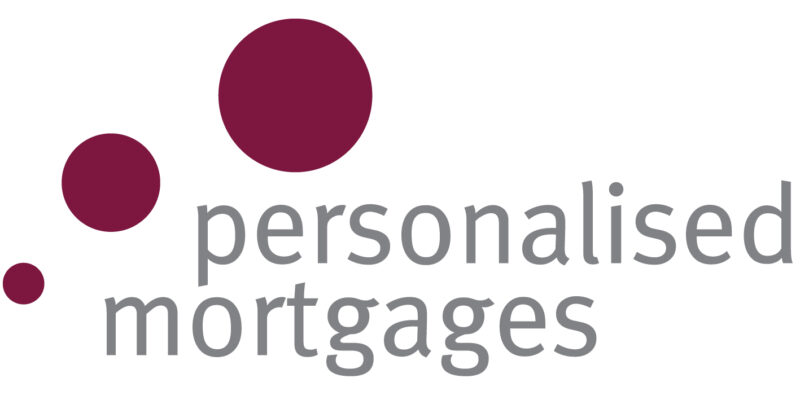Yesterday the Reserve Bank confirmed the anticipated Debt To Income (“DTI”) Ratio changes to commence from 01/07/2024.
The banks have had 12 months to prepare for this and have already embedded this into their home loan application process, although have not needed to use this for decision making until now.
So, what are the changes and how will this affect borrowers?
The metrics are fairly straightforward – lending can be a maximum of:
For Owner Occupied borrowers: 6 times
For Property Investors: 7 times
The banks have some small allowances to go above these thresholds but I wouldn’t rely on this for any new applications.
So for example if your household earns a combined $150,000 pa before tax, max home loan amount to buy a home to live in will be $900,000 (6 times).
For a property investor whose only source of income is rental income for residential properties, say $100,000 pa before tax, max home loan amount to buy an investment property will be $700,000 (7 times).
If you have an owner occupied property and investment property, you would pool these incomes together and apply the respective max DTI for each. So for the above example, this customers max borrowing amount is $1,600,000.
Note however this does not automatically get you an approval for that amount – you also need to meet the banks other lending criteria including affordability calculations and Loan To Value Ratio (“LVR”) thresholds.
The question is then, what impact will this have on me as borrower? The answer is: It largely depends on interest rates at the time of applying and how much you earn.
Right now, we are in a reasonably high interest rate environment and the banks are stress testing your home loan repayments at approximately 9%. So most owner occupied customers are not able to borrow up to 6 times their gross income anyway. As a rough guide, we often see approximately 4.5-5.5 times gross income currently but the calculated DTI multiple is generally higher for higher income earners.
If interest rates start coming down and banks reduce their stress test rates in line with these reductions (they may be cautious about this given what happened in 2020/2021), then naturally a borrowers calculated max DTI multiple will increase. At a certain level of interest rates, a DTI of 6 times will be triggered and no additional borrowing can be made available even if the banks affordability calculator shows you can afford it.
So how much do interest rates (and therefore the bank stress test rates) need to reduce for me to be impacted? Every customer calculation will be different but based on a few various scenarios I have run, it will need to drop by more than 1.50% for the majority of owner occupied borrowers to be affected. That’s quite a drop from where we are today – so there’s no need to panic!
For property investors, the 7 times DTI will likely have an impact sooner. This is largely because the banks calculators generally allow for closer to 7 times already – of course each customer situation is different.
So for the most part, it’s business as usual but if you’re ever wondering what this means for your personal borrowing capacity, always happy to run some numbers and talk you through it.

